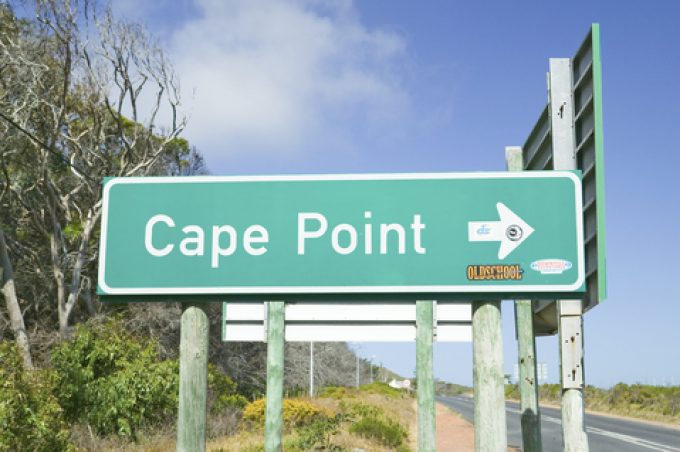'Electronic war', fake news and insurance costs weigh heavy in Red Sea
Insurance, as well as security, cost is the biggest deciding factor in Suez Canal/Red Sea ...

Confidence in the Panama Canal to process container vessel transits appears to have completely bombed over the past week, and there have been widespread diversions of Asia-North America east coast sailings to Suez and Indian Ocean routes.
“Multiple carriers have revealed changes to imminent voyages by ...

Comment on this article